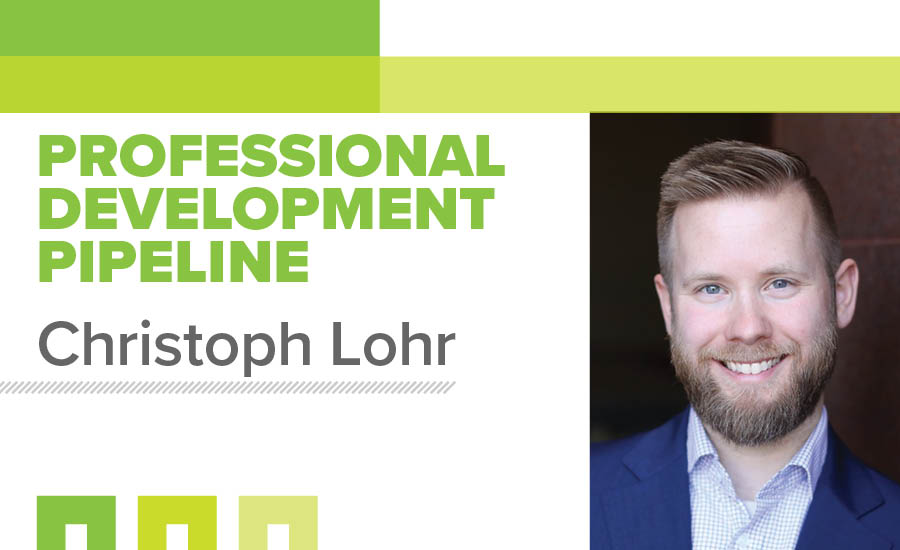In my last two columns, I discussed the business case for why one-on-one meetings are the single best management tactic to improve retention and results, proving the benefits through numerous sources of data. But what does a good one-on-one look like?
Before we get too specific, I want to talk about the different types of one-on-ones the management industry suggests. There are a number of recommendations for the duration and frequency of meetings: anywhere between 15 minutes per week, to an hour a month with anyone that reports to you.
There is also a plethora of recommendations for whom to have one-on-ones with: employees, mentees, project team members, project managers, bosses, etc.
My personal favorite management resource, Manager Tools, talks about a couple different types of one-on-ones. They specifically call a “one-on-one” a meeting with those who report to you (30 minutes, weekly/biweekly), and they call it an “update meeting” when the meeting is with peers and/or a boss (15 minutes weekly/biweekly). According to Manager Tools, this is an important distinction. When asking for a one-on-one, you have some kind of role power and are trying to build a relationship with someone at a level below you to get better results. When doing an update meeting, you have no role power, so you are using relationship power to hopefully build a better relationship and get better results. Therefore, according to Manager Tools, the dynamics of the meeting change and so does the name.
I had one person reach out to me after my last article (Thank you!) who described how their company does one-on-ones.
“We started doing monthly one-on-ones a couple years ago and it’s worked great — no surprises in performance reviews anymore,” the reader said. “We’ve also experienced a rise in trust of management and greater all-around awareness of both workplace challenges and professional goals as a result.”
Similarly, at Henderson Engineers, where I’ve spent almost the last five years of my career, we have quarterly “Touch Point” meetings (i.e., one-on-ones) that have been organized by corporate. These meetings present a great opportunity to have an in-depth conversation with management about goals and career pathing, as well as to just get a general sense of how things are going. We also have experienced an increase in trust and communication with staff due to these meetings company wide.
While there does seem to be an uptick in companies and individuals in our industry doing one-on-ones, they are still on a fairly periodic basis. But, is it possible to do one-on-ones more frequently? Is there any additional benefit?
After years of trying update meetings with my bosses, I finally had an opportunity to test out doing one-on-ones a couple years ago when I became a plumbing technical leader with Henderson Engineers. In this position, a primary function of my role is to help younger designers grow, giving them guidance and feedback. So, with management’s blessing, I was given the green light to start doing one-on-ones with up to 15 people on a weekly/biweekly basis.
Let me be the first to say, orchestrating one-on-one meetings with 15 people on a mostly weekly basis was stressful, especially in a matrixed structure where I was responsible for mentoring, but was not their in-line manager. It stretched my time-management skills to the limit. I frequently had to reschedule or cancel meetings due to project needs or last-minute client requests. Doing this often made me feel like I was failing my mentees. Though, in hindsight, I don’t think they thought or think any less of me for it.
It was a hectic first year, but by year two, I was able to delegate some of my mentees to another plumbing technical leader I had helped to develop, reducing my meeting count from 15 to eight; this shift allowed me to go from missing most weekly meetings to having more consistent bi-weekly one-on-ones. The format I use during these meetings is the same regardless of frequency, as I use the Manager Tools method: The first 15 minutes is for the mentee to talk about anything they want to discuss and the last 15 minutes for me to bring up what I need to talk about. Although sometimes the meetings get shortened or cancelled if there are no projects to discuss, I am finding that this regularity worked well to help me develop professional relationships with the folks whose technical development I am responsible for.
“But what do your mentees think?” is probably your next question — and it was mine, too! So I asked them for their honest feedback, and here’s what they said:
“Being a new, young engineer/designer, I do not yet understand all the ins and outs of the plumbing systems I work with every day. However, being allowed to ask someone each week who is knowledgeable in these areas and do a deep dive into these systems has proven invaluable to my learning.”
“When I joined Henderson, my one-on-one meetings really helped me get on board with our Team Henderson Standard faster. I felt up to speed and integrated into the plumbing specialists. As I’ve grown here, Christoph and my meetings grew to include project review, design decisions, and discussions, as well as development of new calculations and tools. I feel these have helped me to integrate faster into the team as well as grow in my plumbing prowess.”
“Well, I was pretty skeptical about starting these one-on-one meetings when I first started here at Henderson. My first thought was, ‘Are they going to be micro-managing me from the start?’ But after a few months, I came to realize these one-on-one meetings turned out to be quite helpful and insightful. It was a safe environment for me to express thoughts and concerns as a new employee with a new company. It was also a great way to ask questions and get answers to understand the standards of a new company without feeling like you are taking time away from a colleague. Lastly, it’s a good time to do some brainstorming on solutions to current and future projects.”
By the end of this three-part series on one-on-ones, I hope you are as convinced as I am that this practice is basically a no-brainer. Whether it’s a true one-on-one with your direct reports as a manager, one-on-one meetings with your mentees as a mentor, or if you are looking to develop a better rapport with your boss through “update meetings,” building professional relationships has too many positives to be overlooked, and the data and anecdotal evidence is overwhelming.
If you haven’t done one-on-ones or update meetings before, I hope this series has inspired you to try a new tactic to build better professional relationships within your company.




